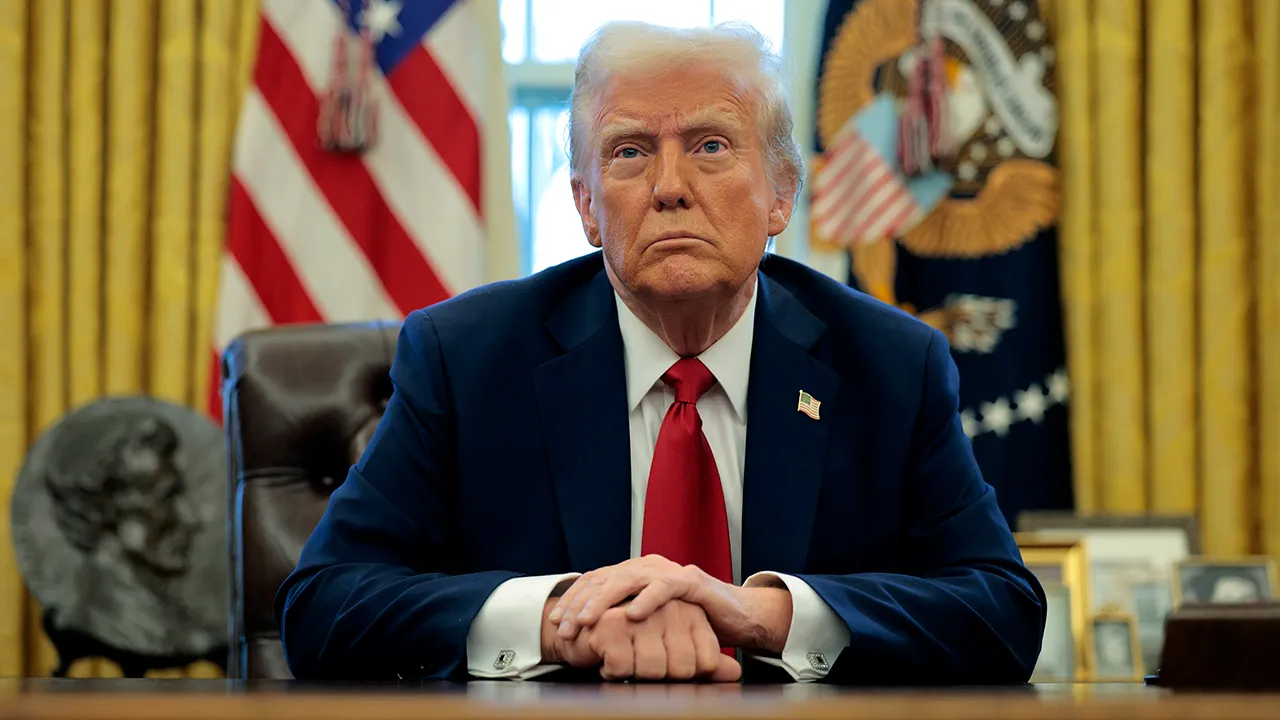In a striking policy move, former President Donald Trump has reignited his “most-favored-nation” (MFN) drug pricing strategy—this time with a new executive order aimed squarely at reducing prescription costs for Americans. The order mandates that U.S. drug prices align with the lowest prices charged in other developed nations, a shift that Trump claims could slash costs by 30% to 80% “almost immediately.” While the proposal sounds like a win for American patients, the reality is far more complex—especially for those navigating the intersections of business, policy, and innovation.
The Executive Order: A Second Attempt at Global Price Benchmarking
Trump’s directive tasks Health and Human Services Secretary Robert F. Kennedy Jr. with a 30-day window to begin negotiating with pharmaceutical companies based on international price benchmarks. Should talks fail, the administration is poised to implement regulatory measures and potentially penalize companies engaging in anti-competitive practices.
For industry veterans, this is not uncharted territory. Trump floated a similar plan during his first term, only to be met with legal blocks and fierce industry resistance. This new version appears to have more teeth, incorporating threat of enforcement via the Department of Justice and the FTC.
The Price Disparity Problem
Trump’s narrative—that Americans are being exploited as the primary funders of global pharmaceutical R&D—resonates with growing public frustration. According to a 2024 RAND study, U.S. drug prices are on average 2.8 times higher than those in other advanced economies. For brand-name drugs, the disparity jumps to 4.2 times. Generic drugs remain cheaper in the U.S., but they only constitute 8% of prescription spending despite making up 90% of prescriptions.
These statistics are echoed in other data: the Peterson-KFF Health System Tracker found Americans spend $1,126 per capita on prescription drugs, more than double the average of other OECD countries. It’s an unsustainable trend—one that clearly warrants intervention.

Innovation vs. Affordability: An Industry Under Pressure
Unsurprisingly, the pharmaceutical lobby is already mounting a defense. The Pharmaceutical Research and Manufacturers of America (PhRMA) argues that price caps risk stifling innovation and harming long-term patient outcomes. Their position: government price-setting—regardless of its form—undermines the financial ecosystem that fuels drug development.
Stock markets have responded swiftly. Pharmaceutical giants like Eli Lilly, Pfizer, and Merck saw significant dips following the announcement, with some shares falling over 4%. While market reaction often reflects sentiment rather than substance, it signals concern about potential regulatory overreach.
A Political Weapon—or a Policy with Teeth?
Beyond economics, this move is also strategic political messaging. In a fiery Truth Social post, Trump accused Big Pharma of manipulating R&D narratives and leveraging campaign contributions to avoid reforms. “Campaign Contributions can do wonders, but not with me,” he proclaimed, signaling a populist tone meant to galvanize public support—and perhaps reclaim political momentum.
Yet, skeptics will recall that a similar executive order failed due to procedural lapses. Whether this iteration survives the gauntlet of regulatory scrutiny and litigation remains to be seen.
A Global Benchmark—But at What Cost?
There’s no denying that drug pricing in America is broken. But is benchmarking against international prices the right fix? On one hand, the MFN approach could force greater pricing transparency and lower out-of-pocket costs for patients. On the other, it risks unintended consequences—reduced innovation, limited access to new therapies, and a strained pharmaceutical supply chain.
Final Thought: Reform or Risk?
For founders and senior leaders navigating healthcare, biotech, or adjacent sectors, this executive order raises more than eyebrows—it demands strategic reconsideration. How should innovation-driven businesses adapt to growing regulatory uncertainty? Will this set a precedent for similar global price indexing across other sectors?
